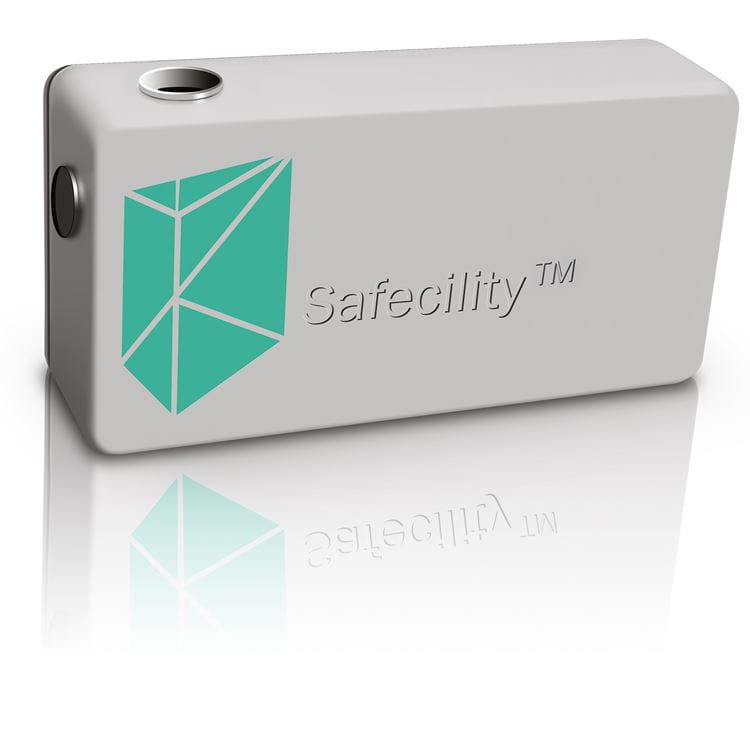Building automation
Industrial grade low power wireless connectivity for building automation and sensor networks

Nordic Semiconductor today announces that Irish buildings safety automation solutions provider, Safecility, is employing a Nordic nRF9160 System-in-Package (SiP) in each of its patent-pending ‘ShutSafe’ fire door sensors.
In operation, each ShutSafe measures 10 x 5 x 2 cm in size and is powered from a user-replaceable 3.6V battery. These are attached to a fire door using a template and provisioned remotely over-the-air by Safecility who offer the ShutSafes on a subscription basis that includes maintenance, software and firmware updates, and on-going monitoring.
Each ShutSafe employs a range of sensors, all controlled by a software application running on the Nordic nRF9160 SiP’s internal Arm® Cortex®-M33 CPU core. These serve to ensure that a fire door is closing correctly and at the right angle to the frame.

This includes detecting if any gaps between the door and frame that could reduce the fire door’s ability to withstand a fire have developed since the fire door was first installed. And if a change is detected, making market-first intelligent inferences as to the nature of the issue and its cause (e.g. whether it’s a hinge failure or thermal/moisture-induced expansion or due to malicious tampering). Safecility says this then enables much more efficient, targeted repairs to be made.
“A fire door that isn’t safe is just a regular door that will not help prevent the spread of a fire and could potentially put lives at risk in the event of one,” says Tad McAllister, IoT Architect at Safecility. “This is why most large public buildings and social housing landlords/authorities are required by law to install and routinely inspect fire doors to ensure they comply with statutory minimum safety standards.
“The problem is that this has traditionally been both a time-consuming and costly manual process because it requires regular visits by trained fire door technicians using a physical gap gauge to make measurements. And even with the best of intentions, this is a manual process that means it is prone to human, including failing to inspect a fire door altogether.”
Safecility take full advantage of the the multi-mode NB-IoT and LTE-M functionality of the Nordic nRF9160 SiP to offer communications using both cellular IoT wireless flavors to maximize roaming coverage across Europe and ensure data can be sent successfully using the strongest available cellular signal. Safecility says this enables its ShutSafe sensors to operate reliability in even the most challenging RF environments such as underground in basements, cellars, and car parks.
Safecility ShutSafes are already being employed to protect historical buildings in the Irish city of Limerick.
Industrial grade low power wireless connectivity for building automation and sensor networks